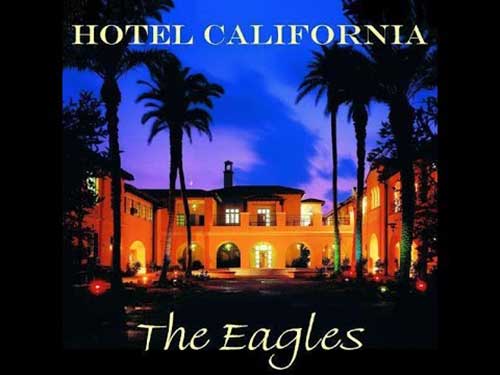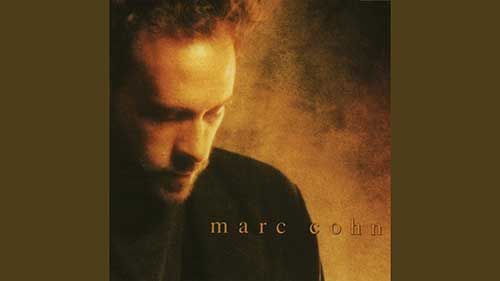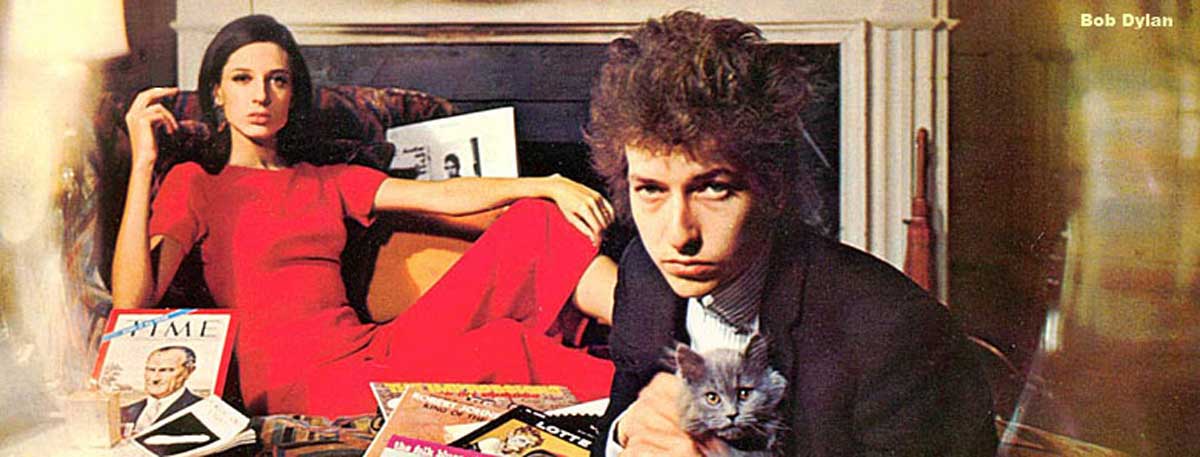Thank you for the music: Favourite Popular Songs
The Winner Takes It All
(Benny Andersson - Bjorn Ulvaeus/1980) ABBA
This song was always destined to go down as a true ABBA classic, and is arguably the best recording the super-Swedes ever made. It features Agnetha (right) in the solo performance of her ABBA career. Even at the writing stage, sitting together head to head, Benny at the piano and Bj?rn with his acoustic guitar, they sensed they were on to something special. The first attempt at a backing track was an up-tempo arrangement with a regular, insistent beat. It sounded fine, but the songwriters felt it wasn't exactly what they were after so they let the song rest for a few days. Four days later, and Benny came up with a "chanson-style", descending piano line, loosening up the structure considerably and giving the song a better flow. As a guide demo for this new arrangement, Bj?rn put down a vocal track with a France nonsense lyric.
The layers of French chanson in the arrangement suggested something that called for a touch of the melodramatic: strong feelings about an emotional subject. On this particular night Bjorn opened a bottle of whisky , and drank freely during the writing process. The alcohol went to his head and fuelled his creativity; it was the quickest lyric he ever wrote and also one of the best. The lyric dealt, of course, with the break-up of a relationship, always a subject Bjorn excelled in writing about during his years with ABBA. He would freely admit that the heartbreak with Agnetha inspired "The Winner Takes It All", although the words weren't meant to be taken literally. "Neither Agnetha nor I were winners in our divorce", he pointed out. Anyone wanting a lesson in pop song structure, and a near-perfect blend of music, lyrics, arrangement and vocal performance, need look no further than this recording. It was a song and recording that had truly evolved from the heart.
Love Minus Zero/No Limit
(Bob Dylan/1965) Joan Baez
Apart from a handful of classics like "Desolation Row", "Like A Rolling Stone" and "Just Like A Woman" I'd much rather hear other people sing Dylan's music than him. Peter, Paul & Mary, Joan Baez, Judy Collins, The Byrds and Manfred Mann have recorded just about every 1960s Dylan composition between them. Most of these recording are to me the definitive versions of these songs. Such is the case with this one in which Baez gets right inside Dylan's head and interprets so eloquently what he is trying to say. There's no doubt that Joan Baez and Bob Dylan enjoyed a special relationship, brief as it may have been and this may explain why Joan is one of the masters when it comes to interpreting Bob's songs.
The song opens her 1968 double album of Dylan songs, Any Day Now. "Sad-Eyed Lady of the Lowlands", "North Country Blues" and "Boots of Spanish Leather" are also favourites from this album which, after 35 years, is still one of the most played in my collection. Dylan first released his version of the song in March 1965 on his fifth album, Bringing It All Back Home. "Love Minus Zero/No Limit" features some of the best melodies from Dylan's 1960s songbook and some of his best similes. It tells of his quest for the perfect lover who "... speaks like silence/Without ideals or violence" and who "Valentines can't buy". For all the self-opinionated people who "Draw conclusions on the wall", she "... speaks softly" and "She knows too much to argue or to judge". As with everything on Bringing It All Back Home, marvellous images like "The bridge at midnight trembles" and "The wind howls like a hammer" abound. This song is a perfect example of Dylan's ability to portray so much in so few words.
Blowin' In The Wind
(Bob Dylan/1962) Peter, Paul & Mary
This was the song that gave the Baby Boomer generation its conscience and became an early anthem for the 1960s peace movement. It is a simple song which asked nine questions but leaves the listener to ponder on the answers, hence the song's title. Peter, Paul & Mary's version, with its close harmonies and simple dual guitar backing rocketed them to fame and single-handedly brought folk-style music back into vogue. The song was first heard by an audience on 16th April 1962 when Dylan performed it to riotous applause at Gerde's in Greenwich Village, New York. The next day Dave Van Ronk, who had been working the Village scene far longer than Dylan, recalled telling him it was an incredibly dumb song. "I mean, what the hell is blowing in the wind?" A few weeks later he had the answer. He was walking through Washington Square Park and heard a kid singing, "How much wood could a woodchuck chuck if a woodchuck could chuck wood, The answer my friend is blowin' in the wind". At that point he knew Bob had a smash on his hands. Of this number, Mary Travers of PP&M once said, "If I had to pick one song, my softest spot, it would be "Blowing in the Wind." If you could imagine the March on Washington with Martin Luther King and singing that song in front of a quarter of a million people, black and white, who believed they could make America more generous and compassionate in a non-violent way, you begin to know how incredible that belief was".

Hotel California
(Don Henley, Glen Frey, Don Felder/1974) The Eagles
A downbeat tale about coping with LA's rock-star lifestyle that portrays California as a hedonistic prison, 'Hotel California' is without doubt one of the finest songs ever written and performed during the 20th century. It is the pinnacle in the career of The Eagles, whose portfolio of work is one of the finest ever. Those hypnotic opening chords were created by Don Felder. He recalls, "I had just leased this house out on the beach at Malibu, I guess it was around '74 or '75. I remember sitting in the living room, with all the doors wide open on a spectacular July day. I had this acoustic 12-string and I started tinkling around with it, and those 'Hotel California' chords just kind of oozed out. Every once in a while it seems like the cosmos part and something great just plops in your lap." Don took the chord progressions to Don Henley and Glen Frey. They put the words down, then Joe Walsh wrote all the guitar parts and arranged them for everyone.
Glenn Frey explains that the song explores the under belly of success, "the darker side of Paradise. Which was sort of what we were experiencing in Los Angeles at that time. So that just sort of became a metaphor for the whole world and for everything you know. And we just decided to make it Hotel California. So with a microcosm of everything else going on around us." Don Henley adds. "We were all middle-class kids from the Midwest. Hotel California was our interpretation of the high life in Los Angeles.
"Colitas," in the line "Warm smell of colitas," is often interpreted as a flower or a sexual reference. It is a Spanish word translated to Henley by The Eagles Mexican-American road manager meaning "Little Buds," and is a reference to marijuana. Some people thought the line "She's got the Mercedes Bends" was a misspelling of "Mercedes Benz," and wrote to Henley to complain. The line was a play on words. The hotel on the album cover is the Beverly Hills Hotel, known as the Pink Palace. It is often frequented by Hollywood stars. The photo was taken by photographers David Alexander and John Kosh, who sat in a cherry-picker about 60 feet above Sunset Boulevard to get the shot of the hotel at sunset from above the trees. The rush-hour traffic made it a harrowing experience.

Walking in Memphis
(Marc Cohn/1990) Marc Cohn
Marc Cohn, who was discovered by Carly Simon, had a No. 1 hit with his composition which also won the Grammy for best new artist in 1992. Cher, Bruce Springsteen and Tom Jones (one of the best) are among a plethora of artists who have recorded cover versions. There aren't too many songs written that have been top five hits in consecutive years for different artists as this was.
Cohn, who wrote this after hearing Rev. Al Green in Memphis, says it is about Spiritual Awakening. "Walking with my feet ten feet off of Beale" refers to Beale Street, a street in Memphis. Riley B. King became known as the "Beale Street Blues Boy" shortly after he first arrived in Memphis. Later, the nickname was shortened to B.B. and the rest is history. "Muriel plays piano every Friday at The Hollywood" is a reference to a local artist who played at the Hollywood Cafe, which is a small diner/music joint in Tunica County. MS. Muriel has passed away, but The Hollywood is still there - you drive right past it to go to several of the casinos now located in Tunica. W.C. Handy, referred to in the first verse, is a blues legend. His most famous recording is "St. Louis Blues", but he also recorded "Beale Street Blues" and "Memphis Blues." There is a statue in his honour in Memphis.
The narrator tells of seeing "The ghost of Elvis up on Union Avenue and followed him up to gates of Graceland". Sam Phillips' studios were at 706 Union Avenue. Elvis' start on the journey to fame and fortune is attributed to the success of his cover version of Carl Perkins' "Blues Suede Shoes" recorded there and released on Phillips' Sun Records label. "Security didn't see him" is a comment on the story that Bruce Springsteen once successfully scaled the wall at Graceland, trying to deliver a song he wrote. Apparently, Elvis wasn't there. "There's catfish on table and gospel in the air" marks the dichotomy between secular and sacred. Catfish is the standard Blues metaphor for sexual intercourse. "Catfish" thus would appeal to the bodily instincts, whereas "gospel" would be to the intellect. The metaphor gains more credence since Al Green supposedly renounced secular music after being scalded with grits by a jealous girlfriend.
According to those who have visited Graceland, the Memphis home of Elvis Presley, the songs captures with incredible accuracy the emotional feelings that envelops a devoted Elvis fan when paying homage to The King in this manner. I was never an avid fan myself, but I always admired the man and the huge impact he had on the world of popular music. No doubt when I finally walk through the gates of Graceland as I intend to do one day, I'll also wonder, "do I really feel the way I feel?"
What About Me
(Garry Frost/1981) Moving Pictures
"Days Of Innocence", the 1981 album of Aussie R&B band, Moving Pictures, featured many strong ballads that belied their live act. The biggest of these was the single "What About Me", which had been written by Garry Frost who, at the time was working with autistic children in his day job. He'd literally gone out to get lunch at his local shop in the Sydney suburb of Annandale and seen a small boy not being noticed waiting at the counter. He was moved by the vision sufficiently to pen the song. It was rarely played live by the band, and when it was it was in a modern country style. It was destined to never be recorded had their debut album's producer Charles Fisher not heard Frost and Smith tinkling around with the tune on the studio piano during a break in recording. Fisher had Moving Pictures record the song against their better judgement as it was not the direction they wanted to go. "What About Me", with its classical sounding kettle drum roll at the beginning, stayed at the top of the Australian music charts for seven weeks. It also made the American Top 20.
Moving Pictures were signed to the Elektra distribution label in the US and just as the song started to chart very successfully there, Elektra went broke. This was Moving Pictures only chance of making it in the US and it was shot. Ironically, the success of "What About Me" signalled the beginning of the end for Moving Pictures. Garry left the band in 1984, feeling it had lost its direction. Other band members followed one by one and they eventually disbanded in 1987, but their song that shone so brightly remains. It was re-recorded and made a hit in 2004 by Australian Idol runner up, Shannon Noll.

